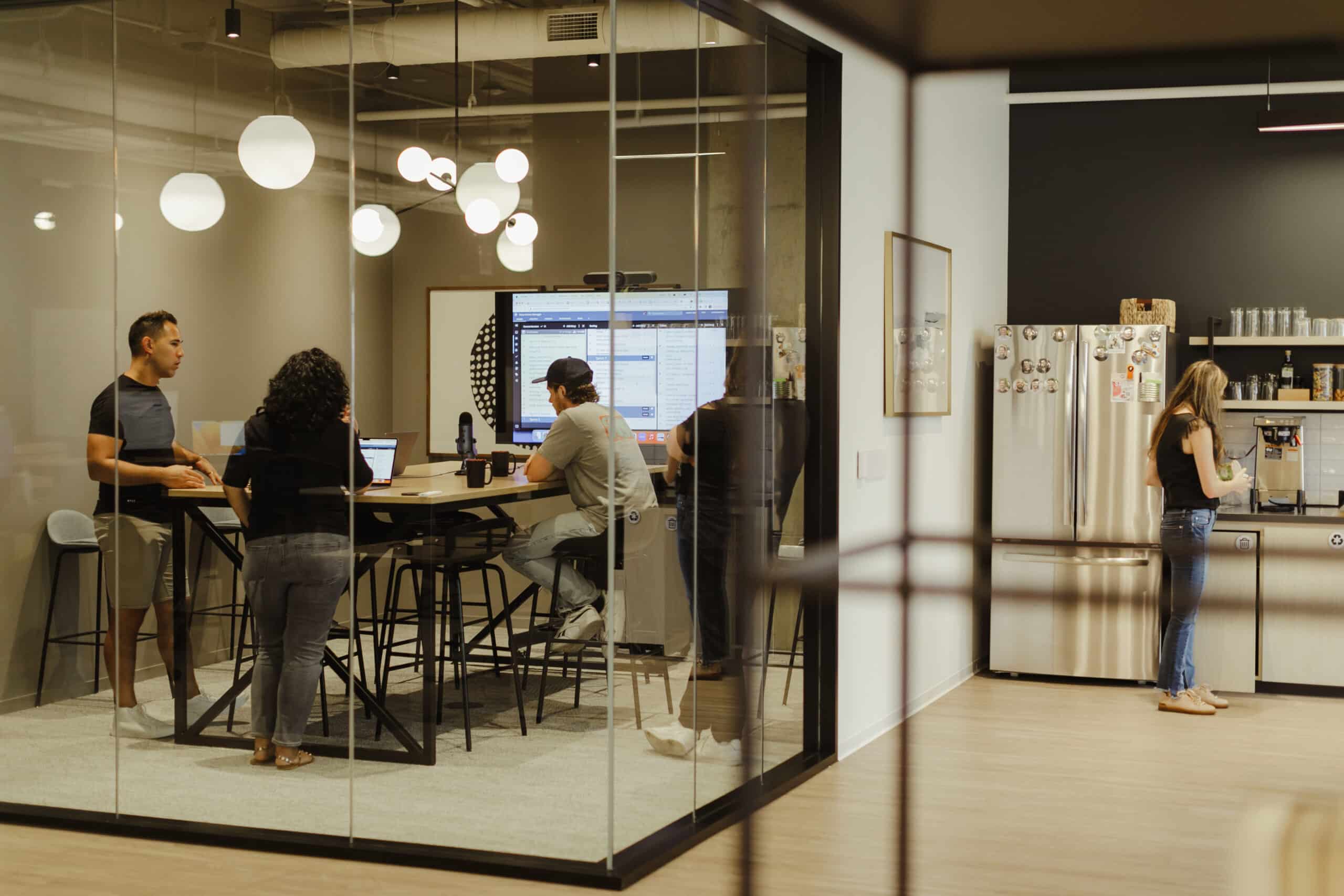In a previous post, I discussed the benefits a component library can bring to both your development team and your client. Key benefits include a streamlined workflow, design consistency, and, most importantly, time. However, knowing which component library to use can challenge teams, simply due to the sheer volume of libraries available today. Here, we’ll explore the key considerations designers and developers should keep in mind when choosing a component library.
Design Aesthetics & Brand Alignment
When selecting a component library, one key consideration for the team is the design aesthetics and brand alignment of the library. It’s crucial to ensure that the components and overall styling align with your project’s (and client’s) design goals and visual identity. Here are a few things to consider.
- Visual Consistency: Examine the library’s components for visual consistency. Do they match your desired design language and style? Are they on brand for your client’s vision for their product? Components should seamlessly integrate into your current project without looking out of place. If you’re working with a client still developing its brand, the library’s visuals should align with the brand vision for their product.
- Customization: Assess the degree of customization the library allows. Can you easily adapt the components to match your brand’s design guidelines? Or, is it flexible enough that you can build on its baseline elements and scale the library as the product develops? A good library should offer flexibility in styling and theming to ensure your designs grow as the product evolves.
- Design Principles: Consider whether the library adheres to fundamental design principles, such as typography, color accessibility, and spacing. There are many beautifully-designed libraries that fall short in terms of UX best practices. Components that follow these principles make it easier to create harmonious and visually appealing interfaces.
- Responsive Design: Verify that the library’s components are designed to be responsive, adapting easily to different screen sizes and devices. A responsive library is essential for delivering a consistent user experience across platforms.
Component Variety & Balance
Another critical factor to consider when choosing a component library is the balance between having enough components and avoiding an overwhelming number of options. Here’s how to strike that balance:
- Component Relevance: Ensure that the library provides components that are relevant to your project’s needs. Having a variety of components is excellent, but they should serve a purpose in your design. Avoid libraries with excessive components that you’ll never use.
- Complexity Management: Consider the complexity of the library. Does it offer a reasonable range of components without unnecessary duplication? Overly complex libraries with multiple variations of the same component can lead to confusion and bloat.
- Modularity: Look for libraries that offer modular components that can be easily combined and customized to create complex layouts. This modularity allows you to build unique interfaces without an overwhelming number of predefined options.
Compatibility with the Development Team’s Tech Stack
Another critical factor to consider when choosing a component library is ensuring compatibility with your development team’s tech stack. Here’s how to make sure it will work seamlessly.
- Tech Stack Alignment: Confirm that the library integrates seamlessly with your development team’s tech stack. This includes programming languages, frameworks, and development tools.
- Development Workflow: Consider how the library fits into your development workflow. Will it work smoothly with your chosen build tools and other essential components of your workflow?
- Cross-Team Collaboration: If you are part of a larger team, ensure the chosen library is suitable for collaboration. It should facilitate efficient communication and cooperation among designers and developers.
When selecting a component library, teams should evaluate design aesthetics, strike a balance between component variety and simplicity, and ensure the library will integrate seamlessly with your development team’s tech stack. By carefully considering these factors, teams can choose a library that not only streamlines their workflow but also empowers them to create visually stunning and user-friendly interfaces that delight users.

